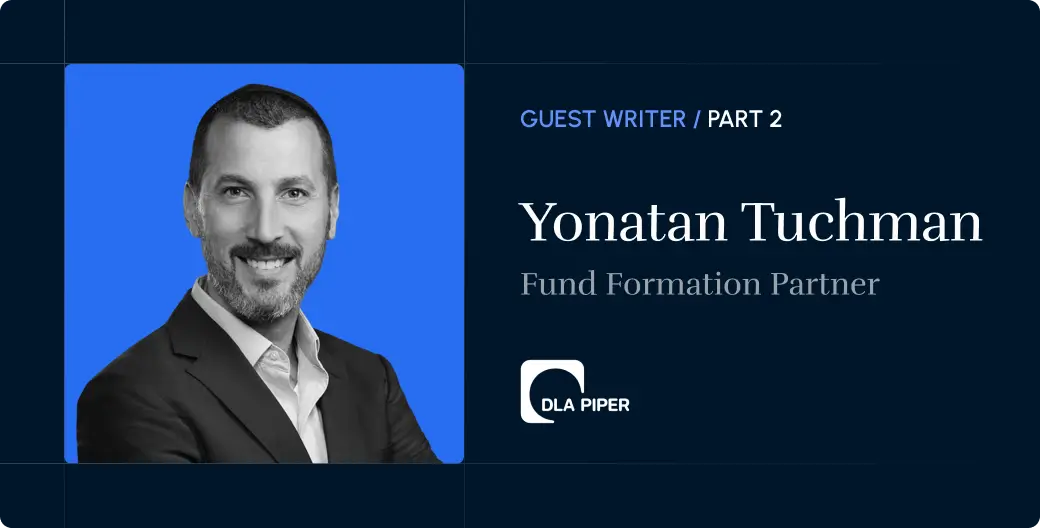Launching your first real estate investment fund is less about legal gymnastics and more about clear guidance. Many first-time managers expect a maze of red tape, but in reality, most friction comes from missteps, overthinking, or trying to do too much too soon.
Below, we’ll walk through the most common stumbling blocks in fund setup and how to avoid them.
Fund formation shouldn’t feel chaotic
New managers often enter the process nervous about what they’re committing to. That uncertainty is natural, but it shouldn’t dominate the experience.
Think of it like parenting. If a child is spinning out of control, a supportive parent doesn’t unravel with them. They stay calm and provide guidance. General partners deserve the same steady leadership when starting a fund.
With the right legal and advisory team, setting up a fund should feel straightforward. If it doesn’t, it’s usually because the GP has been left to their own devices or is trying to cut corners. Minimizing costs by writing your own documents, for example, rarely saves money. Instead, it leads to wasted time and higher costs later.
Don’t overextend yourself. Doing so only causes unnecessary interference. To simplify fund formation, hire experienced partners and trust them to do their jobs.
Core building blocks of fund formation
Every successful fund relies on the same core principles.
Legal entities
At the most basic level, a fund requires two key entities:
- The fund itself (the vehicle that holds investor capital).
- The manager entity (which earns fees and carries responsibility for oversight).
Depending on your structure, you may also have a general partner entity, co-GPs, or affiliates. Clearly define these roles from the start so investors understand who’s making decisions and who’s sharing the upside.
Key documents
Fund documents outline the legal and financial relationship between you and your investors. The essentials include:
- Private Placement Memorandum (PPM): Discloses the strategy, risks, and structure.
- Limited Partnership Agreement (LPA): Defines the economics of the deal, including rights and responsibilities.
- Subscription Agreements: Formalize each LP’s investment.
Resist the urge to add more than what’s needed in your fund’s early stages. Overcomplicating things before you earn industry credibility only increases your costs, not your reputation.
Compliance expectations
From a compliance perspective, most requirements are straightforward. Filing a Form D, for example, is a standard step but one that must be done correctly. Pre-filing can avoid unnecessary public disclosures. Beyond that, the main priority is maintaining accurate records and clear investor communications.
Where legal and compliance delays actually happen
Contrary to popular belief, setting up a real estate fund isn’t legally complex. In fact, if you’ve hired the right team, there’s almost nothing you can “mess up.”
The few exceptions are administrative details, like a misfiled Form D. Those errors might set you back a day or two, but they certainly won’t kill your deal.
Still, it’s helpful to keep a closing checklist from day one. Every step, no matter how minor, should be recorded, from filings to investor notices. Include processing times to ensure nothing gets overlooked and timelines remain on track.
Consider Harvard Medical School’s 2009 study, which revealed that hospitals using surgical checklists reduce preventable deaths by 40%. While fund formation isn’t a matter of life or death, the study underscores my finding that, time and again, a well-designed checklist prevents costly mistakes.
The danger of overcomplication
One of the most common mistakes new managers make is creating unnecessary structures. Many first-timers have an “if I build it, they will come” mentality. It’s tempting to think you need an offshore entity or parallel funds to appear credible.
In reality, setting up these structures too early adds unnecessary cost and administrative burden. When you’re first starting your fund, you don’t need a fully built-out ecosystem of entities, partnership agreements, and side letters.
It’s like showing up to a first date with a diamond ring. It’s too much, too soon, and it often backfires when no one can afford the large legal bill.
Instead, early documentation should be slim. Focus on creating just enough to support the conversations you’re having with investors now. Build complexity later, once relationships are in place and the fund’s direction is clear.
What LPs actually care about
General partners often assume LPs want unique structures or creative approaches. But novelty is rarely appreciated at the fund level.
Limited partners care about three things above all:
- Economics: How profits are shared and whether management fees are reasonable.
- Alignment: Whether the GP has “skin in the game” and shares equal risk.
- Simplicity: A structure that looks familiar.
There’s a reason funds often look the same: they work. LPs like pattern recognition. They want something proven, not something experimental. If you’re looking to innovate, do so with your investments, not your fund structure.
Avoid reinventing the wheel
Establishing a fund might seem like something that requires elaborate features, but in reality, it’s all about clarity, discipline, and trust.
Focus on the building blocks that matter: a straightforward structure, essential documents, alignment with your investors, and clear compliance practices.
Resist the temptation to overcomplicate. Hire the right partners and build a structure investors recognize and trust. Doing so not only reduces friction but also sets the tone for the lasting partner relationships at the heart of every successful fund. Practical beats flashy every time.
About the author
Yoni Tuchman is a Fund Formation Partner at DLA Piper LLP in Los Angeles, with over 20 years of legal experience. He earned his Juris Doctor from Columbia Law School and now focuses on advising emerging managers on structuring and launching successful real estate funds.










